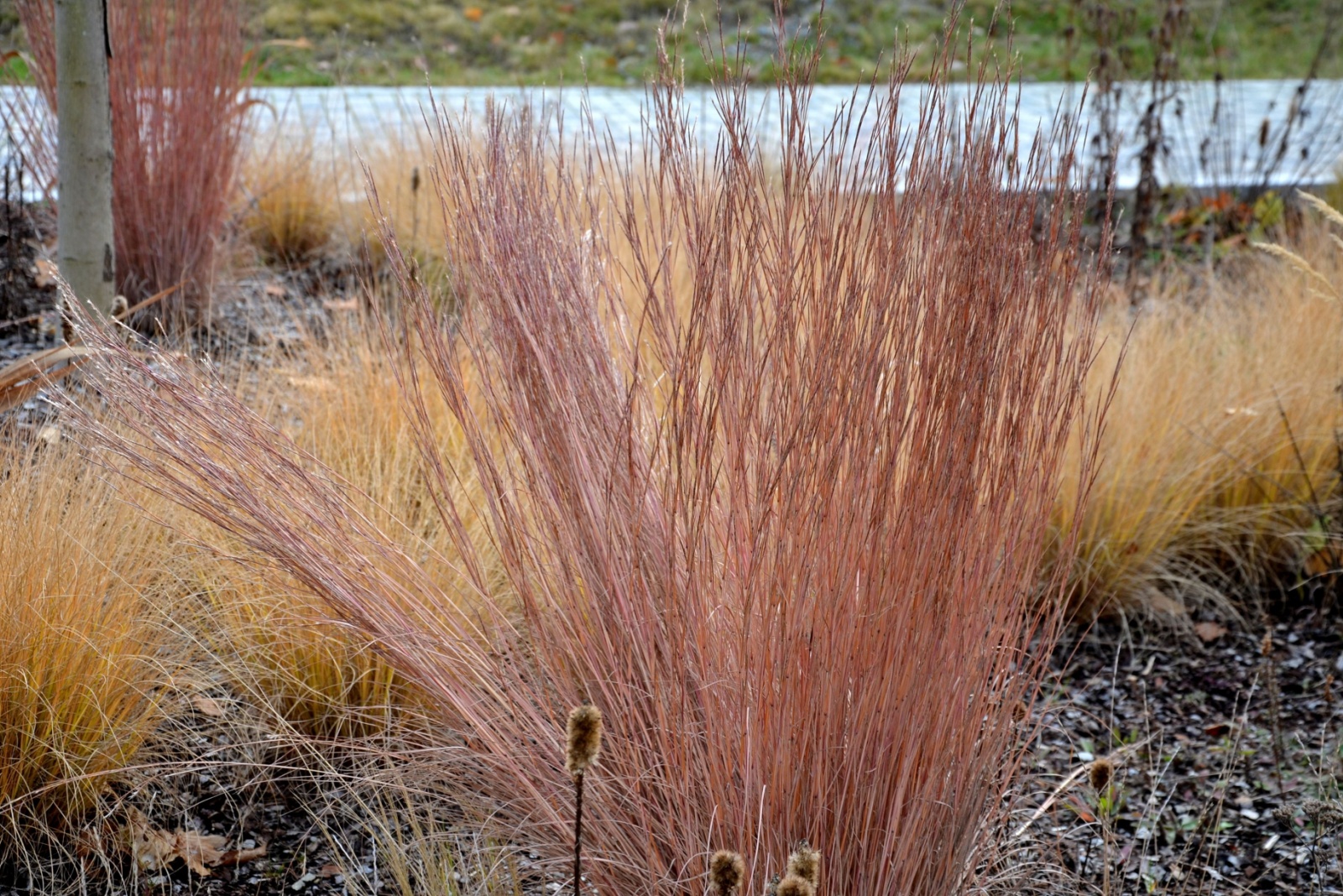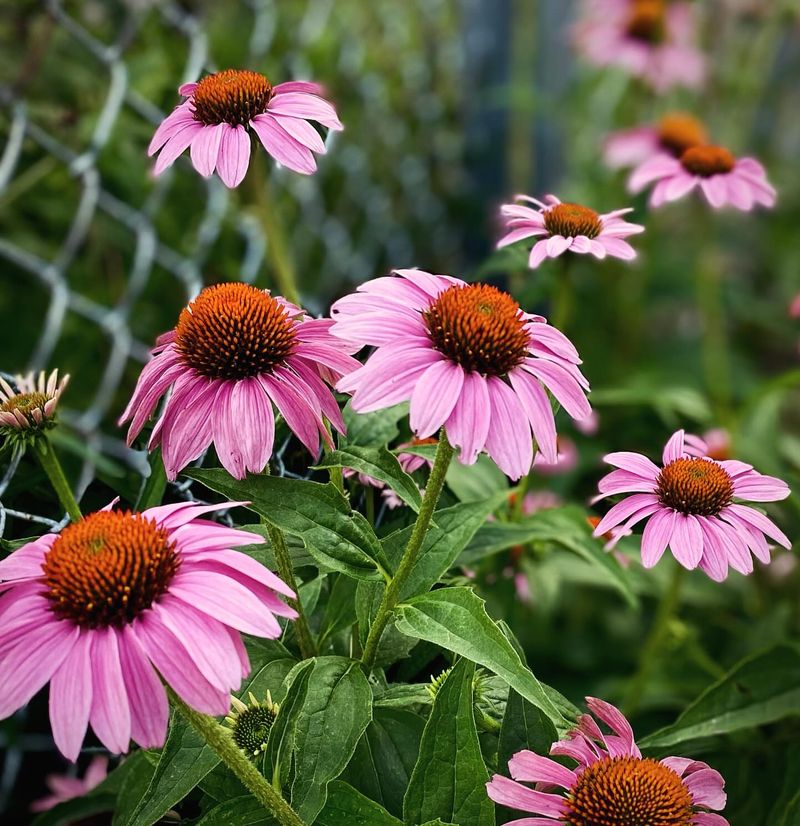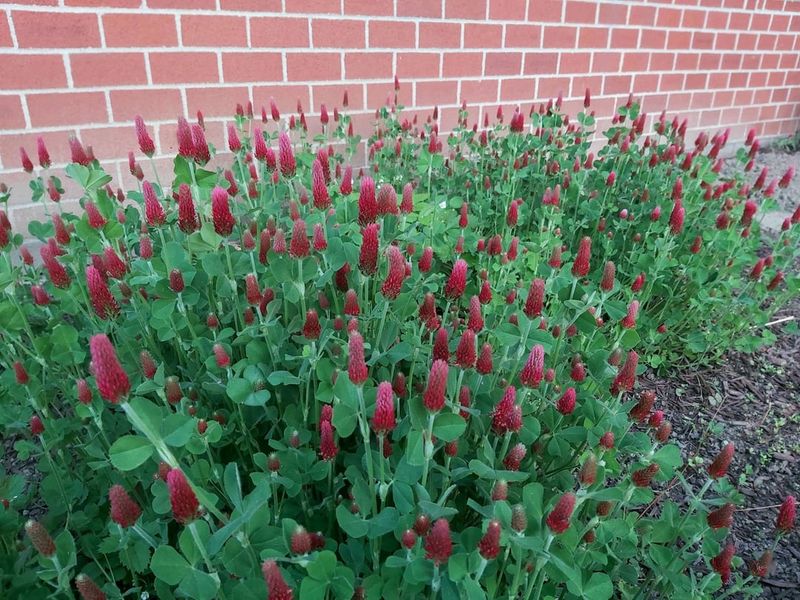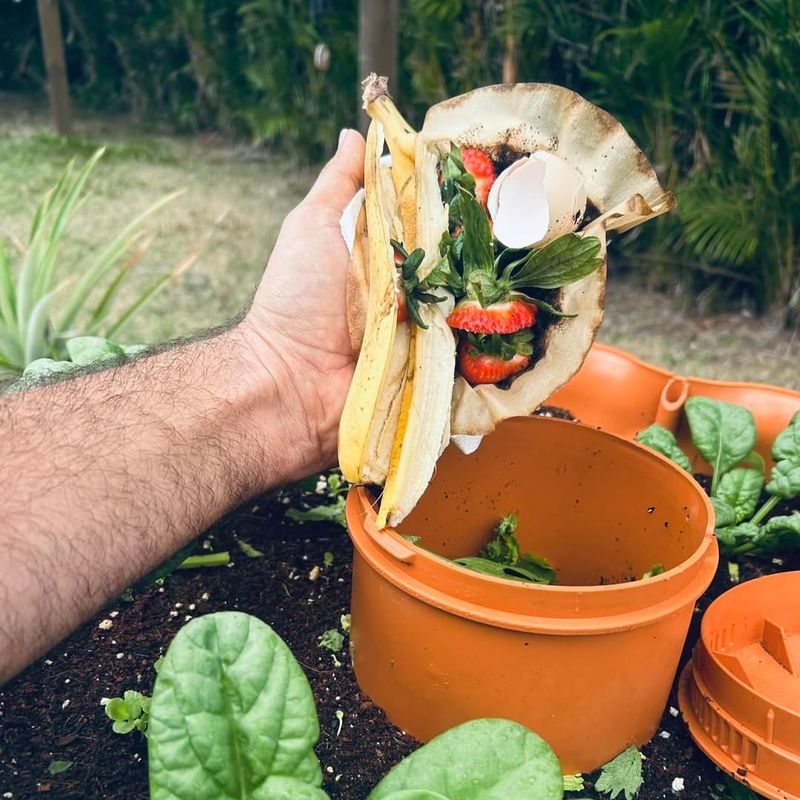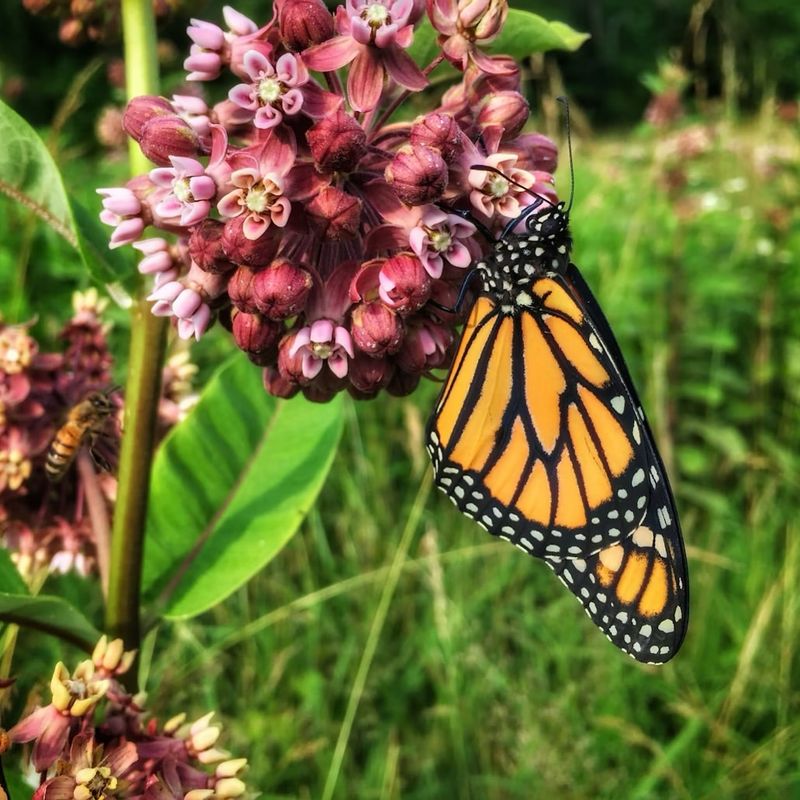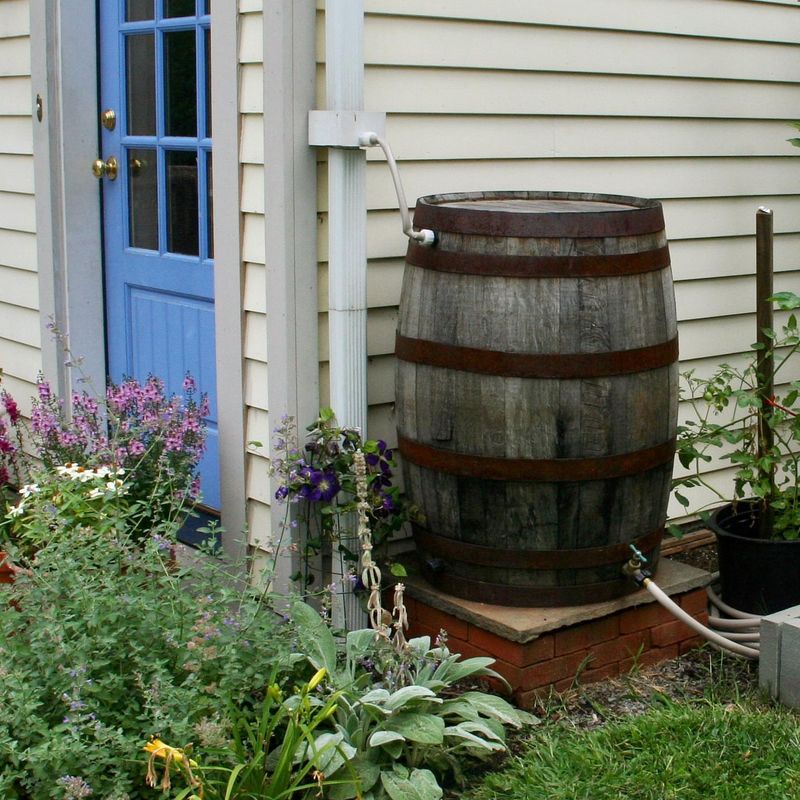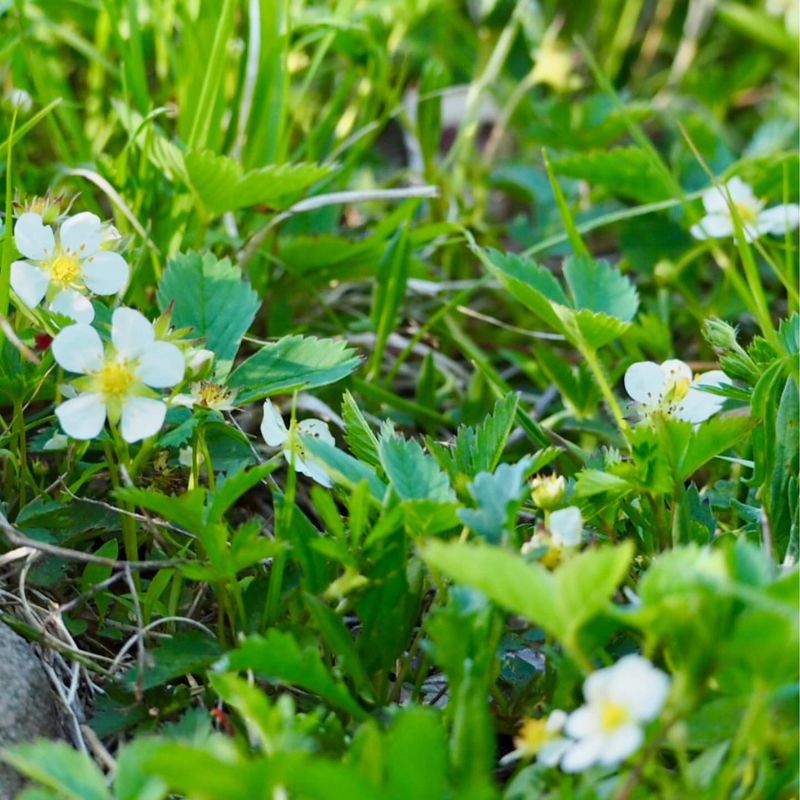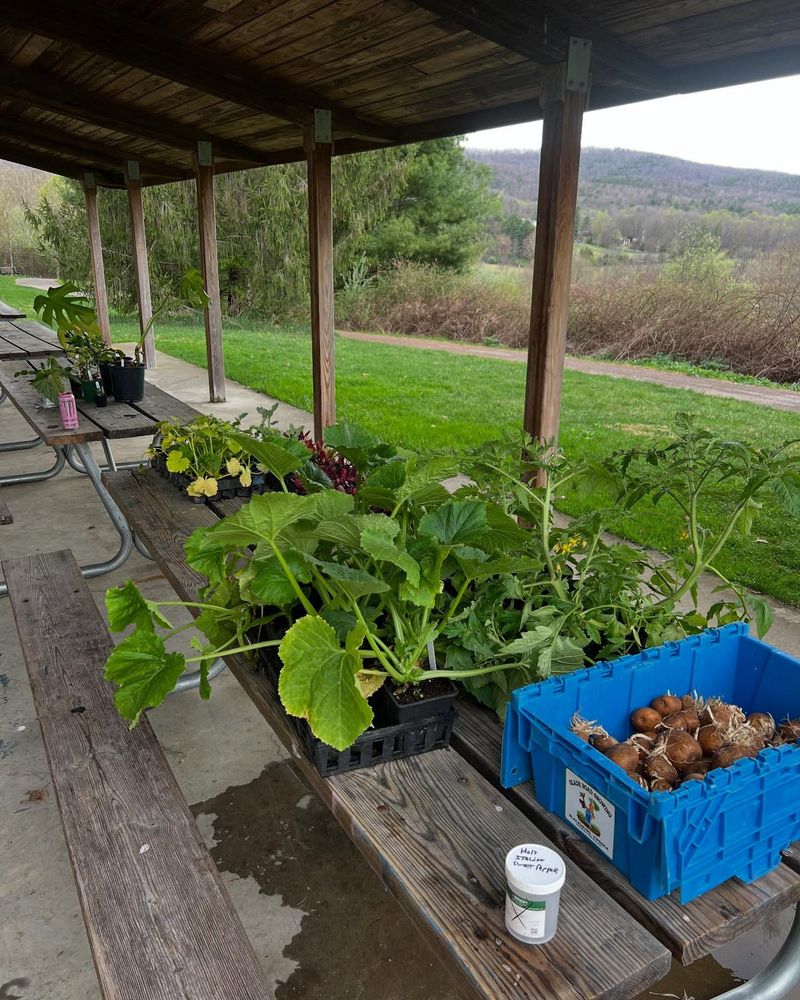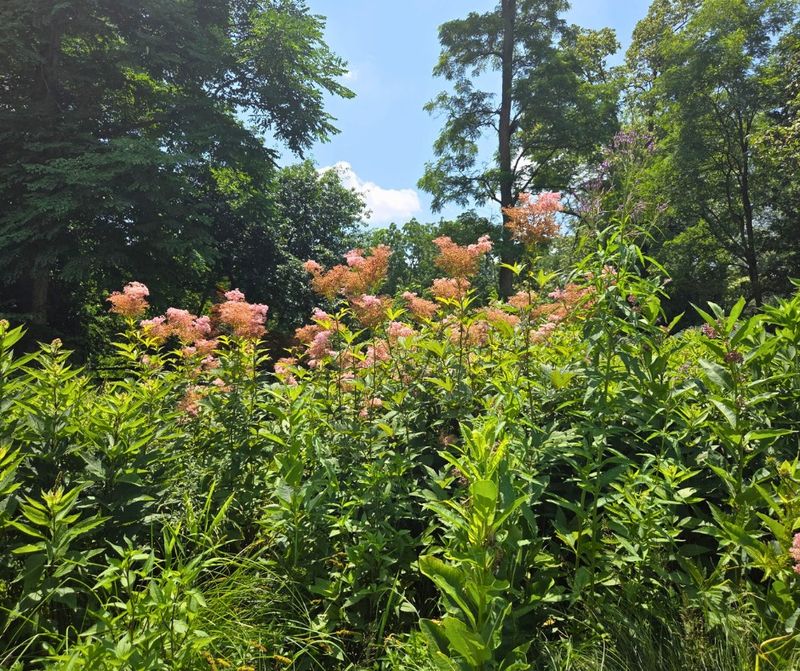Growing a beautiful garden in Illinois doesn’t have to drain your wallet. By focusing on native plants and basic tools, you can create a thriving backyard oasis that’s kind to both nature and your budget.
Native plants have adapted to our local climate over thousands of years, making them perfect for low-maintenance, cost-effective gardening.
1. Native Plants Save Water And Money
Illinois natives like Purple Coneflower and Black-Eyed Susan have developed deep root systems that require minimal watering once established. These tough plants evolved to handle our weather extremes without extra help.
A typical Illinois garden with natives can reduce water usage by up to 75% compared to non-native alternatives. Your water bill will thank you during those hot summer months when other plants would need constant soaking.
2. Prairie Grasses Outperform Store-Bought Mulch
Forget expensive bagged mulch! Little Bluestem and Prairie Dropseed grasses act as living mulch in your garden beds. Their dense growth naturally suppresses weeds while their fallen leaves decompose to enrich the soil.
During winter, these grasses turn gorgeous amber colors, adding visual interest when other plants are dormant. Leave the dried stalks standing until spring for free winter garden structure and natural habitat for beneficial insects.
3. Kitchen Scraps Make Superior Plant Food
Commercial fertilizers can’t compete with your kitchen leftovers. Coffee grounds feed acid-loving Illinois natives like Wild Blueberry and Wintergreen. Crushed eggshells provide calcium that Cardinal Flower and Wild Columbine crave.
Start collecting your banana peels too – they’re packed with potassium that makes Illinois natives like Joe-Pye Weed and Blazing Star produce spectacular blooms. Just bury these scraps an inch deep around your plants for slow-release nutrition.
4. Hand Tools Outlast Power Equipment
A quality hand trowel and pruners will serve you for decades while gas-powered tools constantly need repairs. Look for tools with ash or hickory handles – these Illinois hardwoods absorb shock and feel better in your hands during long gardening sessions.
Hand tools also allow precision work around delicate native seedlings. The humble dandelion digger, with its forked end, makes removing invasive plants without disturbing nearby natives surprisingly easy. Plus, the physical activity keeps you healthy!
5. Butterflies Provide Free Pest Control
Milkweed, the only food source for Monarch caterpillars, doubles as a pest management system. The sticky sap that gives this plant its name naturally deters aphids and other garden pests.
Plant Butterfly Weed and Swamp Milkweed in sunny spots to attract these beneficial insects. As an added bonus, their deep orange and pink blooms create stunning visual displays from June through September with zero maintenance required.
6. Rain Barrels Cut Watering Costs To Zero
A single summer thunderstorm can fill a 55-gallon drum with enough water for weeks of garden maintenance. Illinois receives approximately 40 inches of rainfall annually – that’s free irrigation gold!
Position your barrel under a downspout and watch your water bills shrink. Native plants like Blue Flag Iris and Cardinal Flower actually prefer this untreated rainwater to chlorinated tap water. For under $30, you can convert any plastic drum into a rain collection system.
7. Wild Strawberries Make Perfect Ground Cover
Forget expensive ground covers from garden centers! Illinois wild strawberries naturally spread to fill bare spots while producing sweet berries. Their dense growth pattern chokes out weeds better than mulch and stays green nearly year-round.
Unlike ornamental ground covers, wild strawberries provide food for both wildlife and your family. Their shallow root systems make them perfect companions for deeper-rooted native plants like coneflowers and black-eyed Susans without competing for nutrients.
8. Seed Swaps Build Gardens For Pennies
Local garden clubs across Illinois host seed exchanges where gardeners trade their excess seeds instead of buying new packets. One packet of Illinois native columbine can produce hundreds of seedlings – far more than most gardens need.
Check community bulletin boards or Facebook groups for upcoming swaps. Many Illinois libraries now host seed libraries where you can “borrow” seeds in spring and “return” them in fall after your plants produce new ones. It’s community gardening at its finest!
9. Clay Soil Becomes An Asset With Native Plants
Many Illinois gardeners fight their clay soil, spending money on amendments that wash away. Smart gardeners choose natives like New England Aster and Nodding Onion that evolved specifically for our clay conditions.
Clay soil actually holds nutrients better than sandy soil, making fertilizer unnecessary for these adapted plants. During drought, clay’s water-retention properties keep roots moist longer than amended soils. Work with your natural soil instead of against it!

